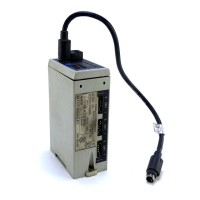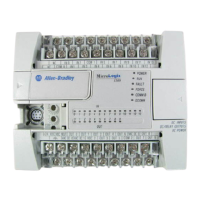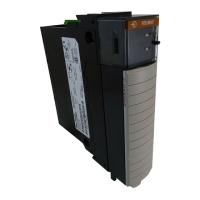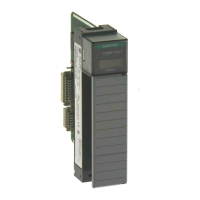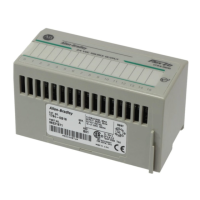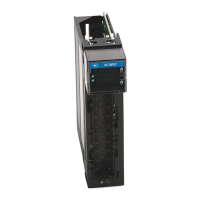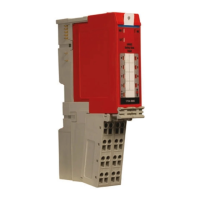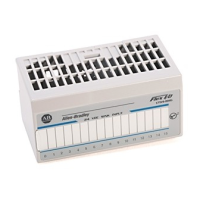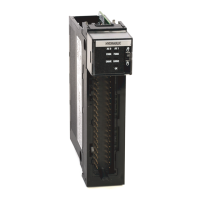Creating Ladder Logic Programs 4–3
Products That Support Datalinks
To use datalinks, your SCANport product must support them. Refer
to your product user manual.
Using Datalinks
The following are the rules for using datalinks:
• Normally, each enabled datalink reserves two words in both the
input and output image tables of the controller. This increases
your I/O image size. The starting module group on the module
must be set to support the size of the I/O image table. Truncation
can be used to minimize the required rack size used by the
Remote I/O module. Refer to Chapter 2.
• Each set of datalink parameters in a SCANport product can be
used by only one communications module. If more than one
module is connected to a single SCANport product, they must not
attempt to use the same datalink.
• Parameter settings in the SCANport product determine the data
passed through the datalink mechanism. Refer to the user manual
for your SCANport product for more information.
• When you use a datalink to change a value, the value is not
written to the EEPROM. The value is stored in volatile memory
and lost when the drive loses power.
• The 1336 FORCE and 1336 IMPACT drives use datalinks in a
special way. Refer to their user manuals for information.
Example Application 1
The simplest application of datalinks is to set a parameter number
into a Data In parameter. The controller output image table word
connected to this datalink will then control the value of the parameter
set into the Data In parameter.
For example, to change the value of parameter 27 in a 1336 PLUS
drive, you need to:
1. In the 1336 PLUS drive, set parameter 111 (Data In A1) to 27.
2. On the communications module, slide SW 3.4 to ON. See Figure
2.6.
3. If your communications module is configured like Figure 4.1,
word 3 (fourth word) in the output image will be the value that
parameter 27 uses. This value is stored in volatile memory and
lost when the drive loses power.
Artisan Scientific - Quality Instrumentation ... Guaranteed | (888) 88-SOURCE | www.artisan-scientific.com
